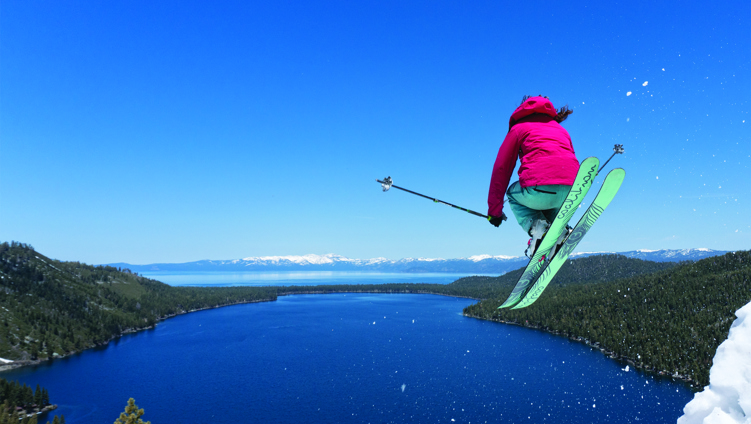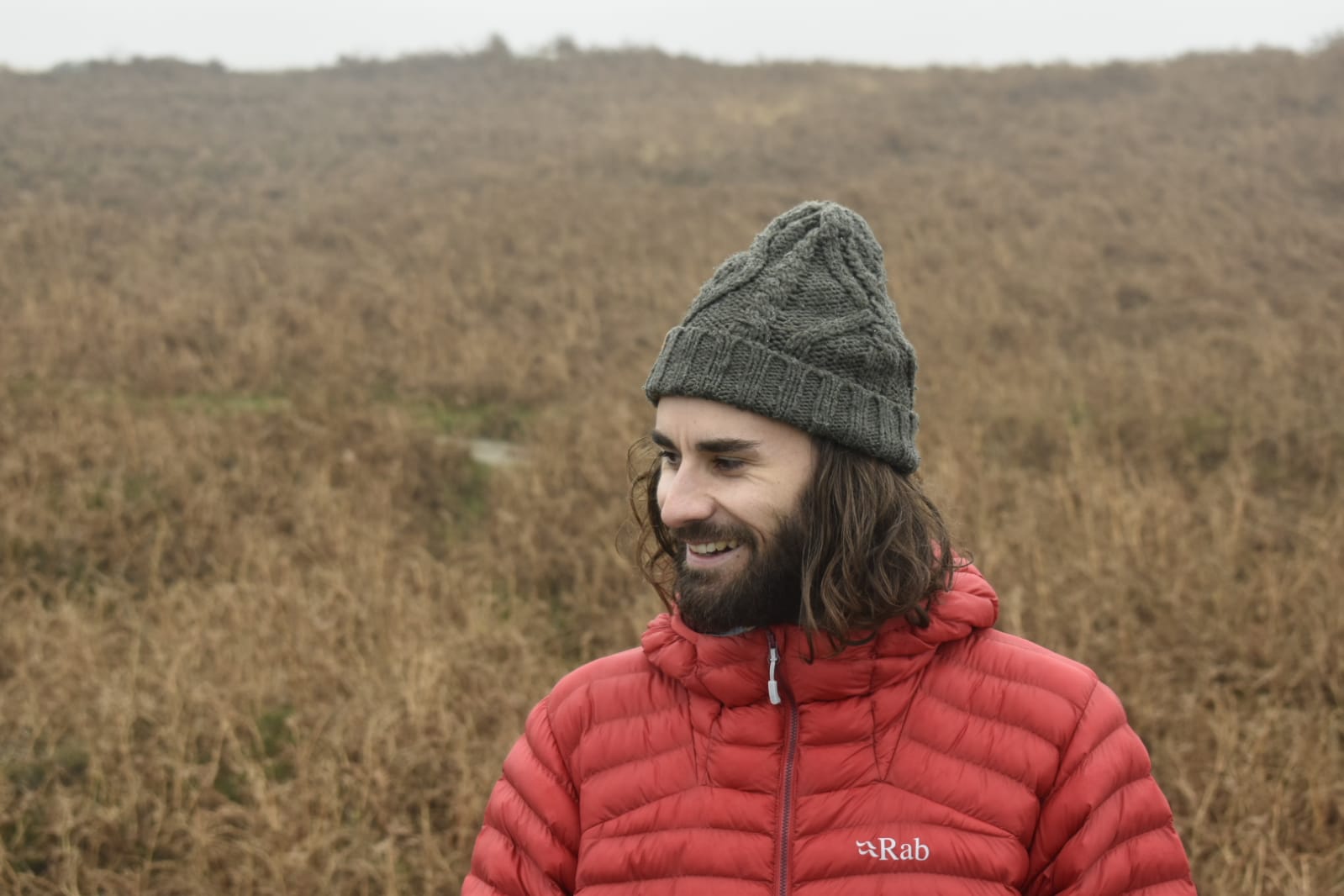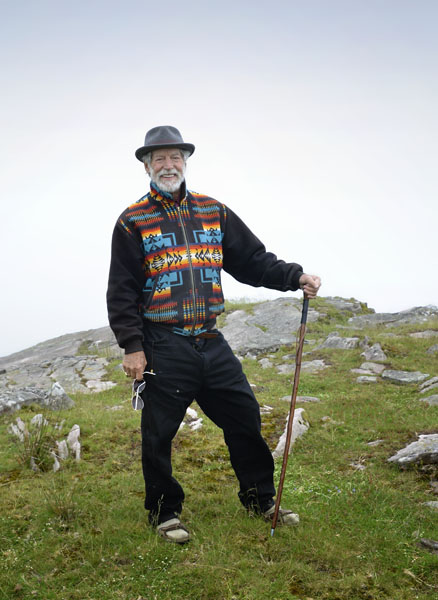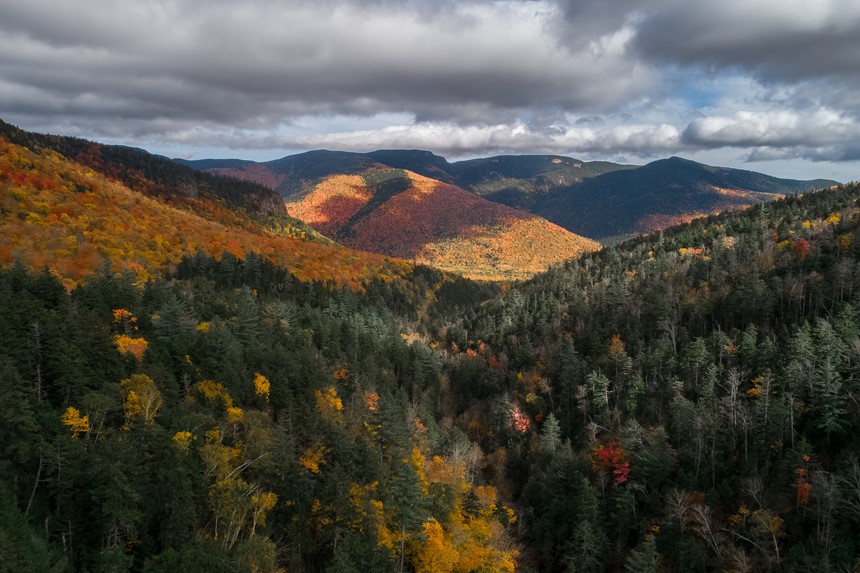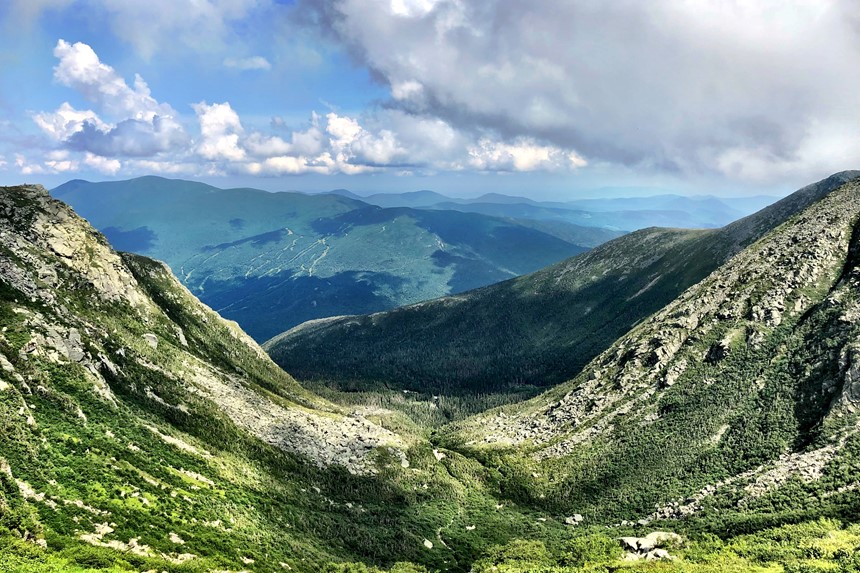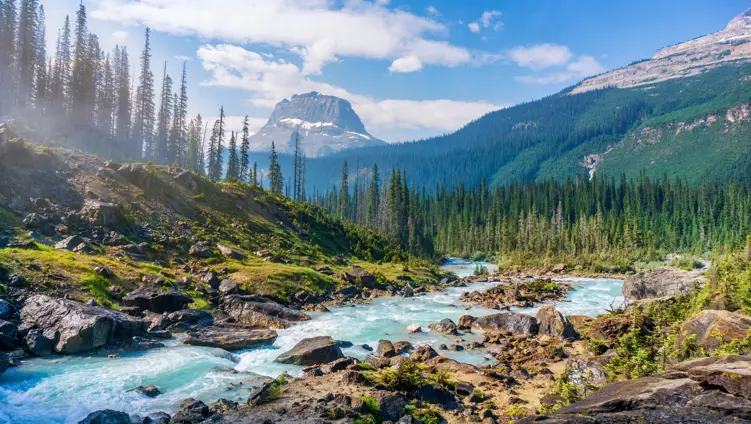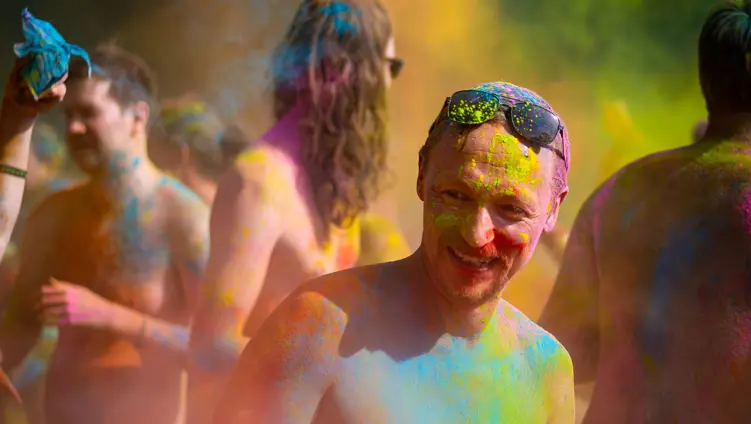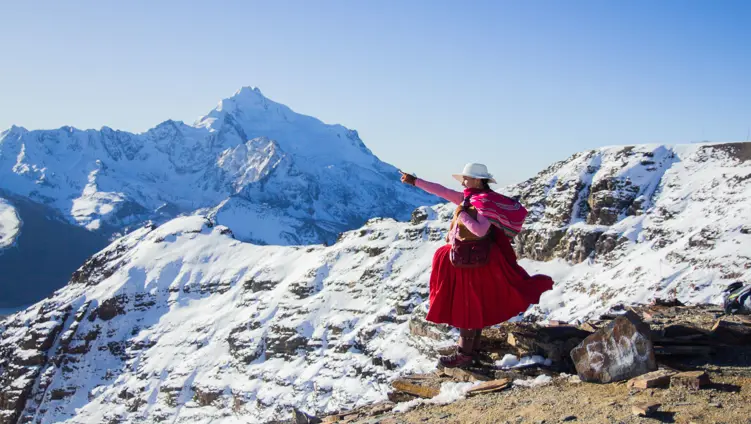Scientifically, we know we are part of nature. But culturally, in the West, we have worked hard to separate ourselves. Despite our knowing, our feeling is one of removal, superiority. Some of the most interesting attempts to reinstate a feeling of nature connection are being led by spiritual seekers - people far away, in many ways, from the culture of conquering adventurism fostered by the outdoor industry.
Despite the scepticism of a society that often disparages spirituality as woo woo, John has witnessed growing openness to spiritual ideas around nature connection. In the early 1960s, he recalls, even regarding nature as an interconnected system felt radical. Today, as the full scale of environmental crises looms ever larger, we are generally more knowledgeable and sympathetic to belief systems that help us think about these crises differently.
Cultural openness to contemporary vision questing, however, feels more distant - “partly,” John says, due to “a certain fear of being alone with yourself in nature, because a lot of people are disconnected from it.” This fear is surely double-edged: of nature, but also of ourselves. Vision questing, in both its traditional and contemporary forms, asks us to stop, to be silent, to reflect on deep, often suppressed questions about who we are and where we are going. It asks us to relinquish ourselves to unknown physical and psychic spaces. In place of the rules and social conventions of more mainstream outdoor pursuits, contemporary visions quests offer a less familiar framework that is part physical exposure, part therapeutic exchange, part spiritual quest.
This unfamiliarity breeds fear and scepticism. Are contemporary vision quests not just a niche, kooky practice, helpful only for those accustomed to the thinking behind them and with the resources to undertake them? It’s a fair question, and the answer is surely yes. But it also seems fair to ask, in response, what might be different and valuable in a culture that encouraged receptivity to contemporary vision quests, and provided the necessary support for more people to engage with them. The gradual re-emergence of research into therapeutic psychedelic usage - until recently suppressed and stigmatised for largely political reasons, despite its clear potential - springs to mind.
